You know those Cinderella-style films such as Pretty In Pink where the cash-poor leading lady purchases a rummage sale dress and proceeds to turn it into something stunning? That was American Motors for basically every year of their existence.
With cars like the Javelin and especially the later Concord and Eagle, the design staff led by Dick Teague proved they could mix rather meager ingredients and turn them into appetizing dishes. While AMC’s compact cars benefitted from the team’s skilled attention, the brand let its “big” Matador flounder and die without even trying to sprinkle on the fairy dust. In fact, Teague and team seemed to inexplicably go out of their way to make the last version even less appealing.
What if, visually and mechanically, American Motors instead tailored its also-ran full-size Matador as a bargain-basement Cadillac, or at least a high-end Buick? I’ll try to visualize that.
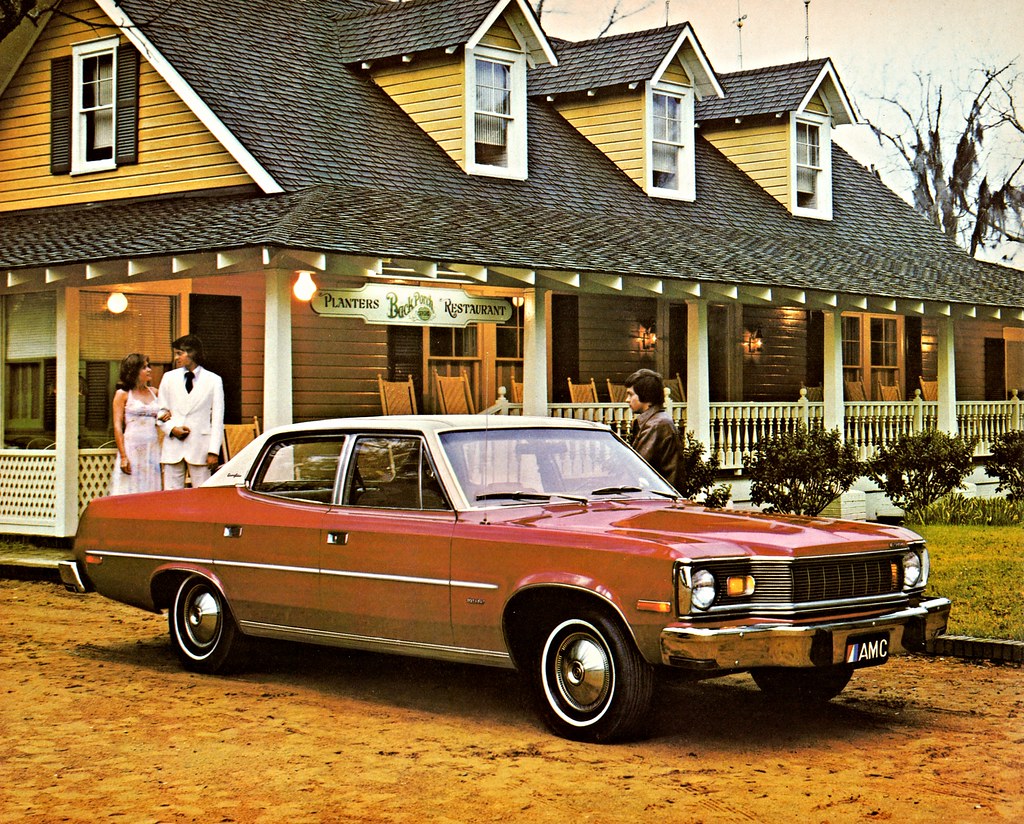
Geez, look at that thing. Maybe this is a bigger task than I want to take on. Pray for me.
Bargain-Basement Makeover Challenge!
The last independent automaker’s struggle to survive was a David and Goliath battle, or rather David versus Goliath and his two just-as-big brothers, Billy and Stephen Goliath. With just a couple of cars and limited cash, they needed to meet as much of the automobile market as they could, which meant highly creative solutions.
Let’s take the new-for-1970 compact Hornet. The car itself was already made as economically as possible by doing things like using the same roof stampings for both two- and four-door models. That alone saved millions of dollars, money that Ford or GM might not have thought twice about spending, but AMC absolutely would.

Despite the Hornet being a compact, American Motors realized they needed something even smaller to counter the latest offerings vying for budget-minded customers’ dollars, such as Japanese subcompacts and the Ford Pinto. Here’s the solution that I wrote about a while back:
To develop this new little import fighter, they had the kind of development dollars that GM or Ford might spend on a taillight refresh. Ah, but American Motors had an ace in the hole with design leader Richard ‘Dick’ Teague, a man who could do more with next-to-nothing than the Big Guys could do with the GNP of Tunisia.
Apparently, Teague was flying back home to Wisconsin on a Northwest Orient flight and thinking about this seemingly impossible challenge when an idea hit him. For whatever reason, Dick didn’t have any paper handy, so he grabbed the next best thing he could- the air sickness bag from the seatback in front of him and scribbled out his rough concept:
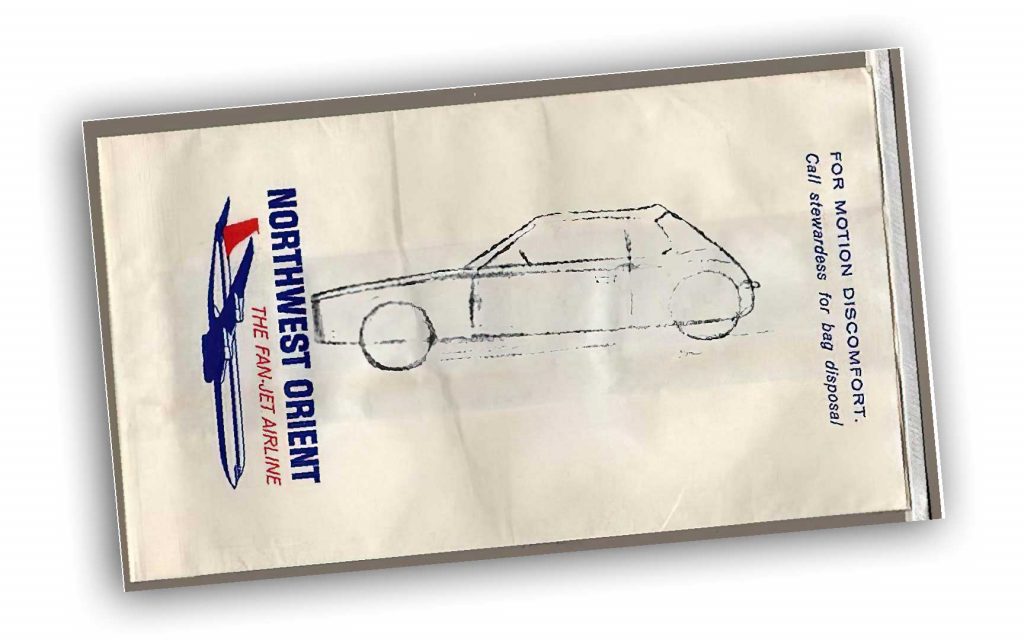
Earlier, Teague had taken the Javelin pony car and chopped out a foot from the wheelbase to turn it into the AMX ‘sports car’, so it made sense in his mind to do a slicing with a cleaver on the 1970 Hornet. The design team took a Hornet coupe and removed ten inches from the wheelbase and ten inches out of the overall length to make a car an inch shorter than the Beetle. Still, the entire front section of the Hornet and the whole drivetrain was retained, so the tooling and time investment was remarkably minimal for such a different car.

AMC knew that it was a rather odd-looking creation, but so was the Beetle. That was part of the appeal. “Nobody would have paid attention if it had looked like one of the Big Three” said Teague. In fact, the company doubled down on this weirdness by making a goofy ‘Gremlin’ character on the badge and even releasing the car on April Fool’s Day.
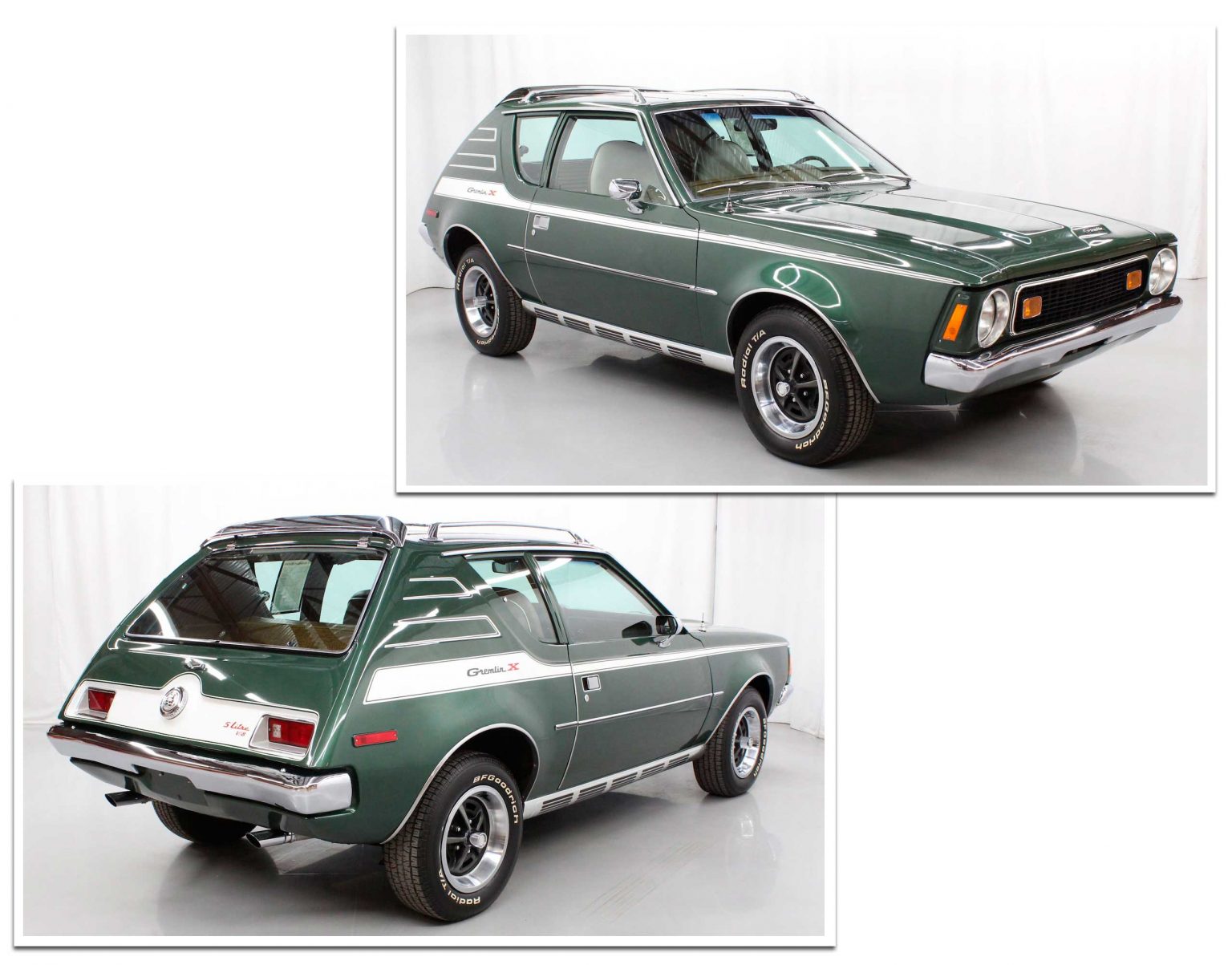
Surprisingly, the Gremlin did sell relatively well, with 670,000 examples leaving AMC dealerships during its 1970-1978 run.
The Hornet was still around in the late seventies. By then, it was not only looking dated, but it appeared highly lackluster next to the glitzier baroque offerings from AMC’s far-better-funded competitors in the disco era. Once again, Dick Teague’s team struck gold:
Lacking the funds to make an all-new car, they had a brilliant vision; dress up the old Hornet to look as fancy as possible and give it a new, fancier-sounding name: the Concord. Body-colored hubcaps, vinyl roof, plush seats and even a glowing digital clock were things you’d typically have to buy a much larger or far more expensive car to get.
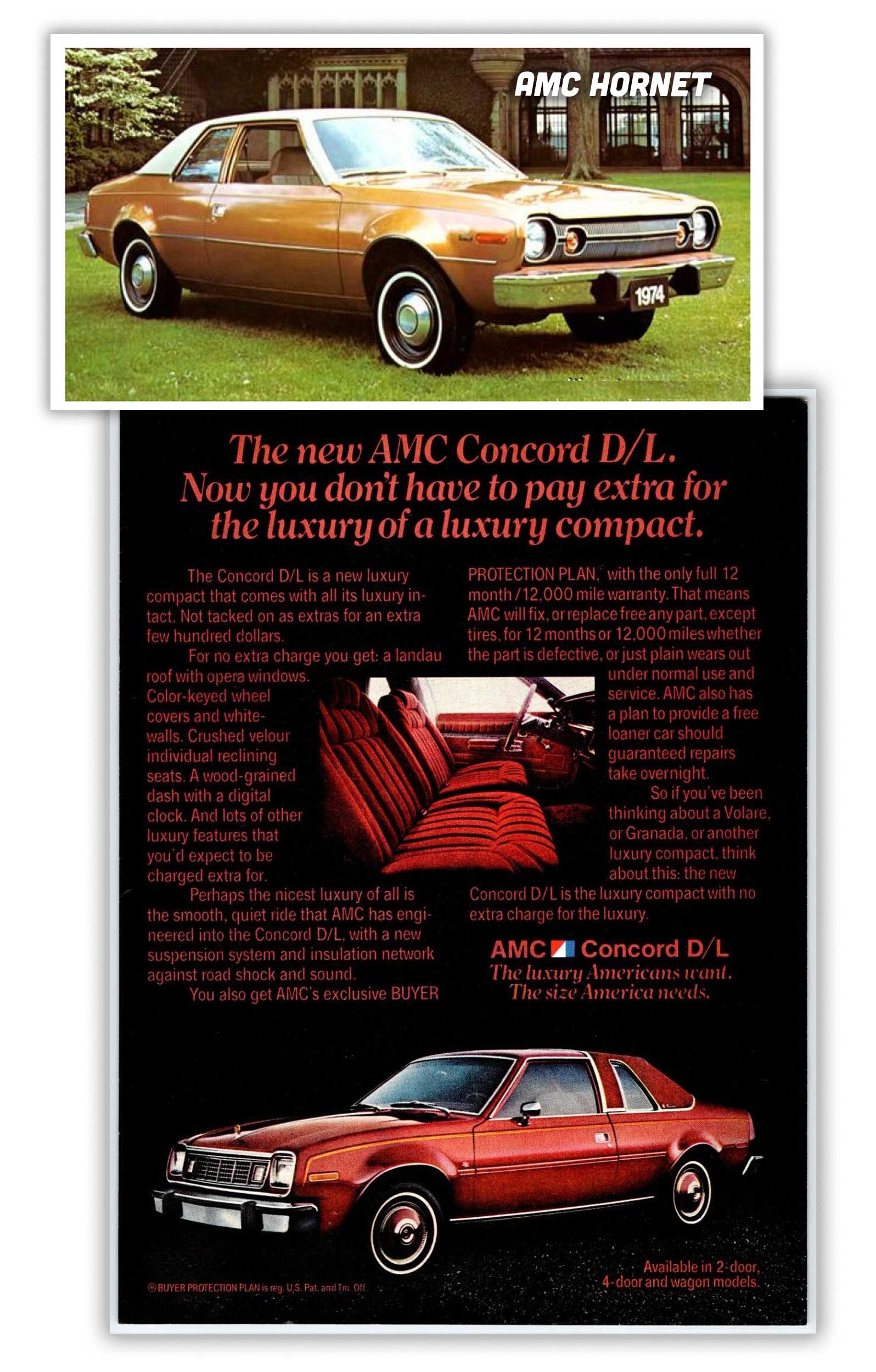
These extras likely cost American Motors very little in parts and development, yet even to our jaded eyes today, the Concord’s styling makes it hard to clock as a Hornet with a bunch of crap stuck onto it.
AMC was famously one of the first car makers to violate a sort of gentleman’s agreement and directly compare their products to the competition in ads. This one below really tells the story, especially when you see those stripped-out Big 3 cars on dog dish hubcaps for more money.

AMC wasn’t done. For 1980, the always-innovative brand introduced the first crossover all-wheel-drive series of vehicles to the market (save your breath telling me about Subaru wagons since those had no central differential and part-time four-wheel drive). Was this a clean sheet of paper new car? Hell no; where was AMC going to find a few hundred million bucks lying around? No, they used all they had to work with, which was the old Hornet-based Concord. Still, despite being a decade old, with tough-looking flared fenders and a four-shot rectangular-headlight nose the Eagle came out a lot better than it had any right to do.

Still, you have to believe that AMC was missing out on a more lucrative market: bigger cars have almost always meant bigger profits. If American Motors worked its magic with this compact car, why couldn’t they have at least tried to do the same thing with their larger car?
The Bullfighter Gets Skewered
Originally sold under the “Rambler” name, American Motors’ products were typically staid, dull cars for staid, dull people. That started to change in the sixties, a metamorphosis that included new-for-1967 mid- to large-sized cars. Stuck with the rather anachronistic “Rebel” name, AMC’s attractive “standard-sized” sedan looked every bit as good as what any of the Big Guys could offer you. I bet Jason likes how the side marker light blends in with the door handle:
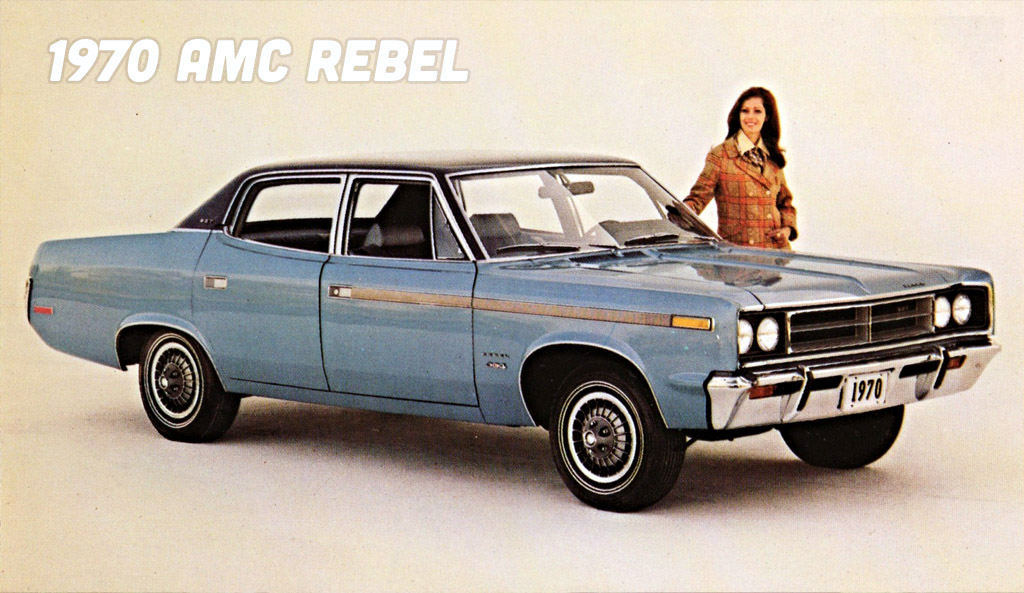
For 1971, AMC did a facelift that included a new name – Matador – and a really nice-looking and aggressive grille that looped in with the front bumper in a style that AMC kept for several years.
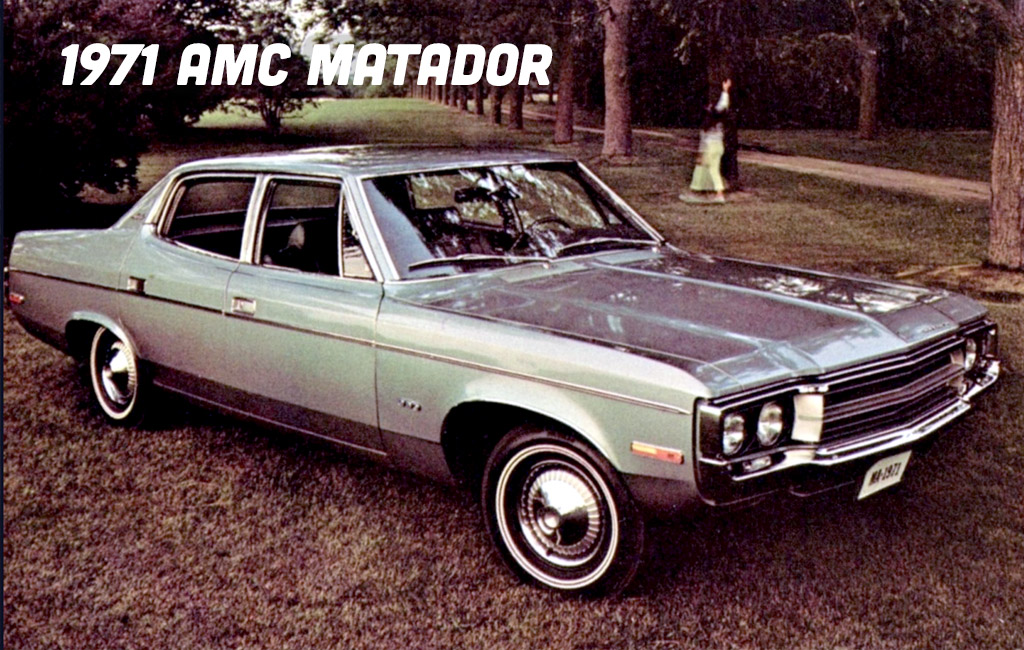
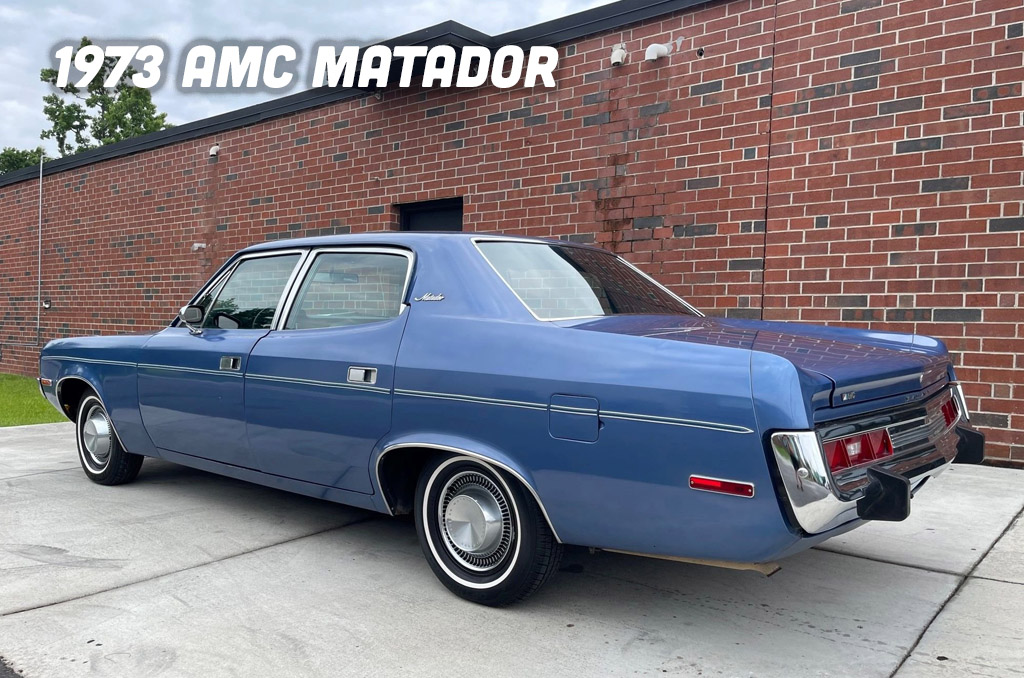
The fact that Matadors appeared as the cop cars in the reruns of ADAM-12 you caught as a kid just added to the cool factor. Those new Fiats across the street from the dealership below are already rusting, by the way.
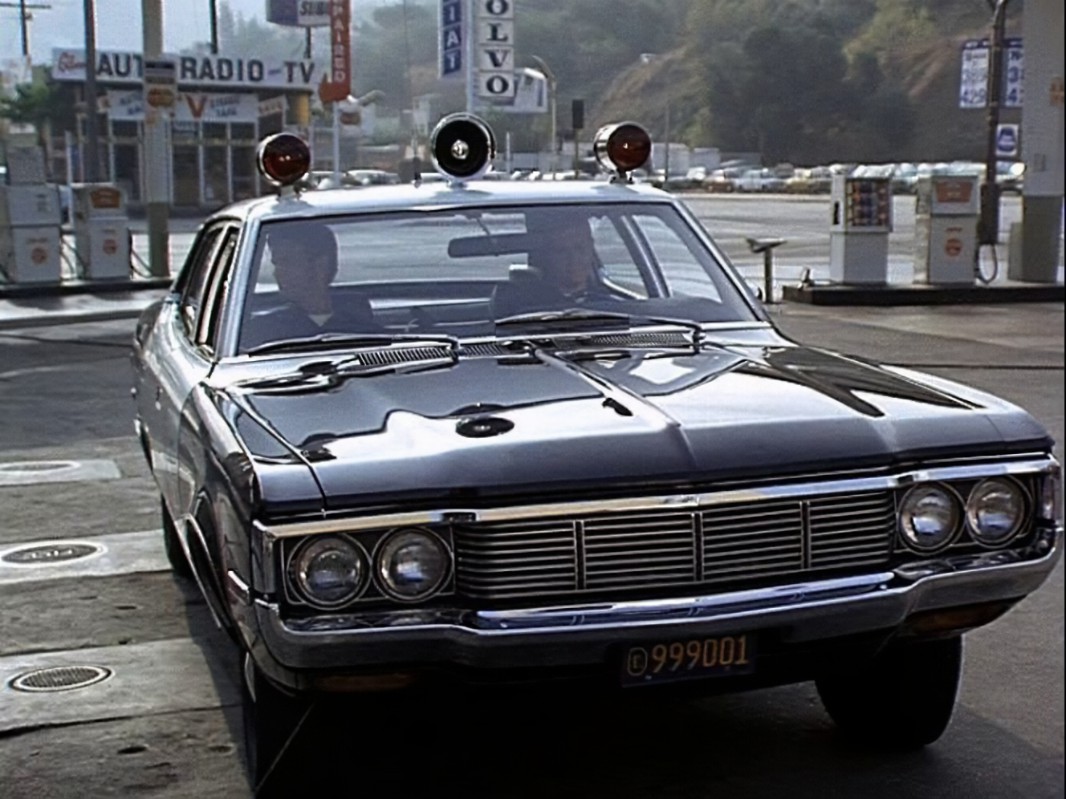
Then, the unthinkable happened. For 1974, the dreaded five-mile-per-hour bumper standards went into effect, and many US-market cars suffered visual disfigurement from the need to add these obtrusive devices. Would the genius of AMC’s Dick Teague save the day once again?
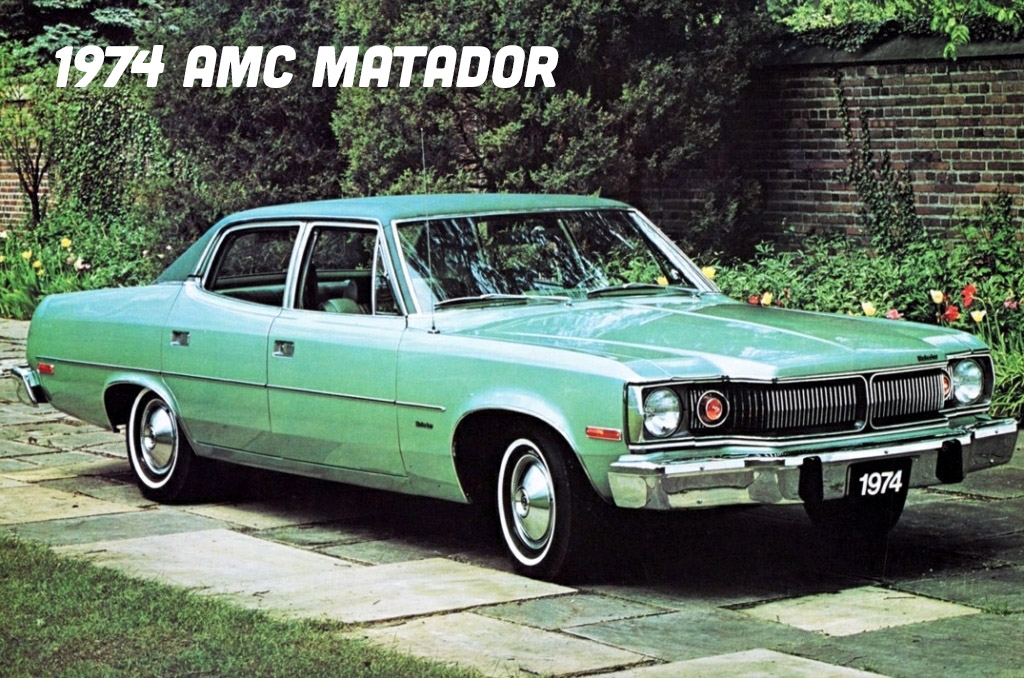
No.
Look at that schnoz! The legally-compliant Matador looked like Pinocchio after telling a whopper of a lie. There are plenty of cars with large “noses,” but the ’74 Matador was Peppa-Pig absurd, and the two small headlamps didn’t help. The shape was also reminiscent of a coffin being dropped where the engine once was, a coffin that did not fit within the space of the original hood. What happened, Dick? How did you ever let this thing get produced? Essentially all of the cool from the early seventies cars had been lost, and now the roof profile and mock-Coke-bottle shape were becoming apparent as sixties holdovers.
Near the end, AMC added a last-gasp “Barcelona” package dolled up with special wheels, two-tone paint, and funky “Spanish themed” interior cloth. Boy, I had to crop this image wide since that nose is so big.
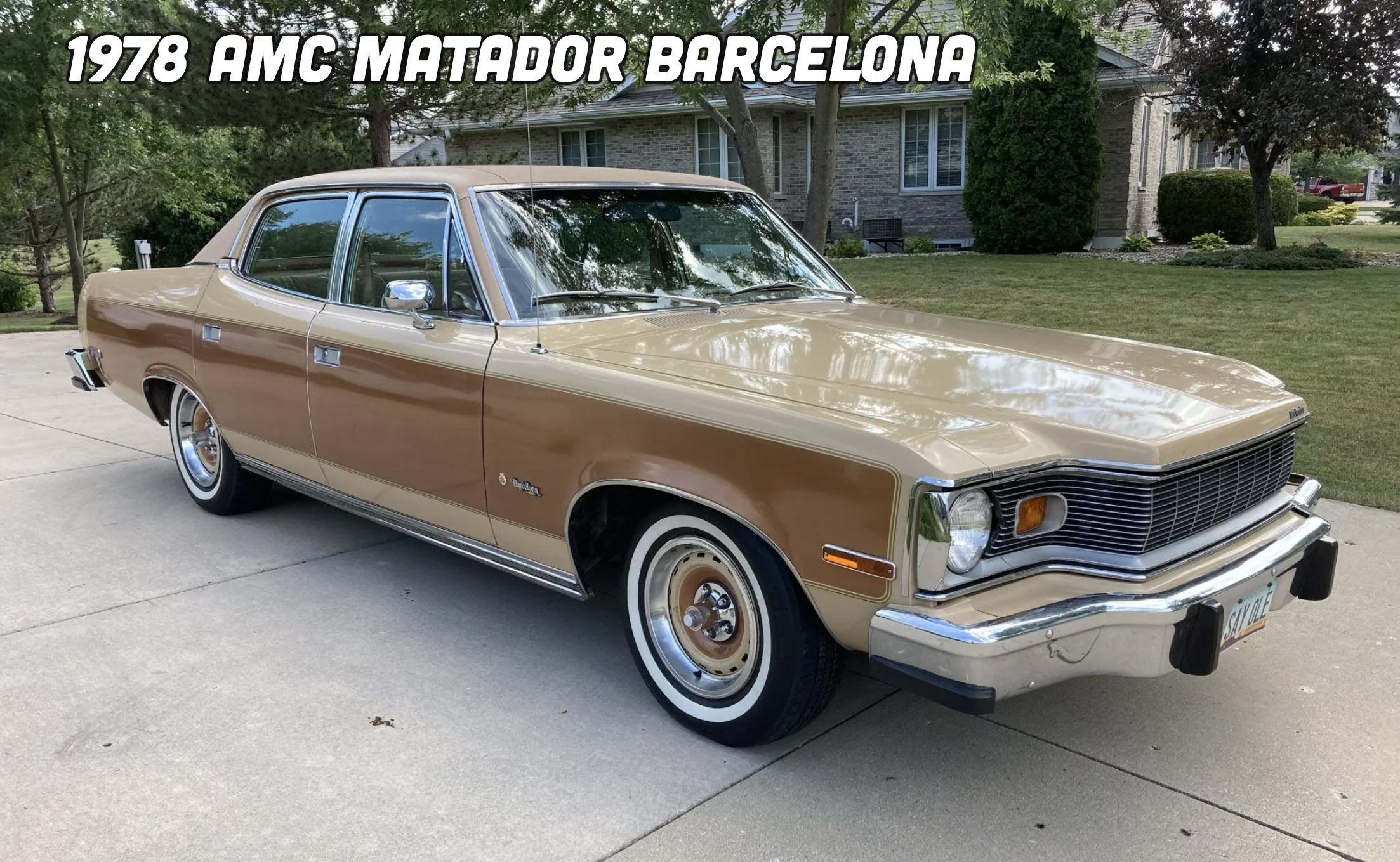
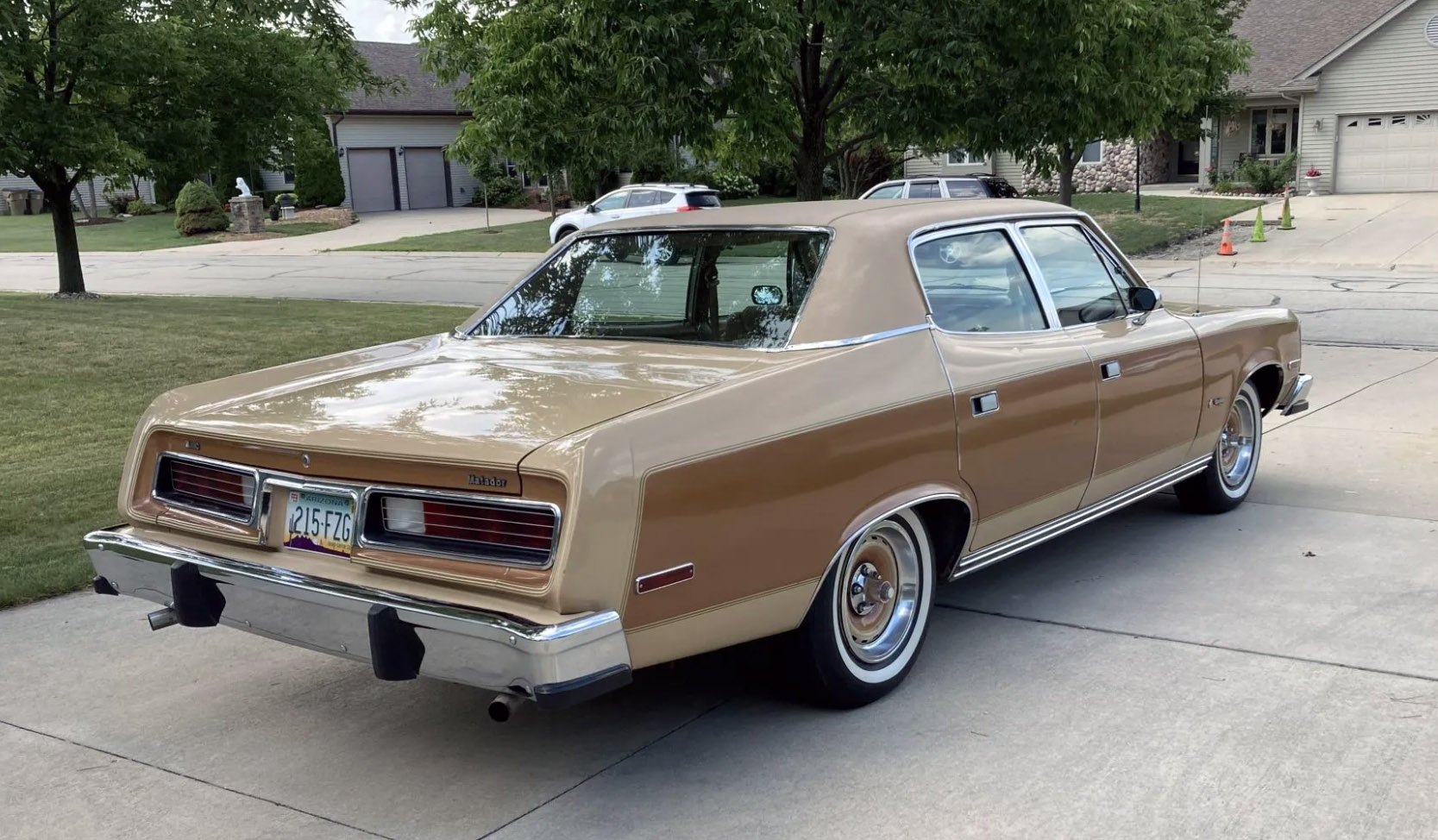
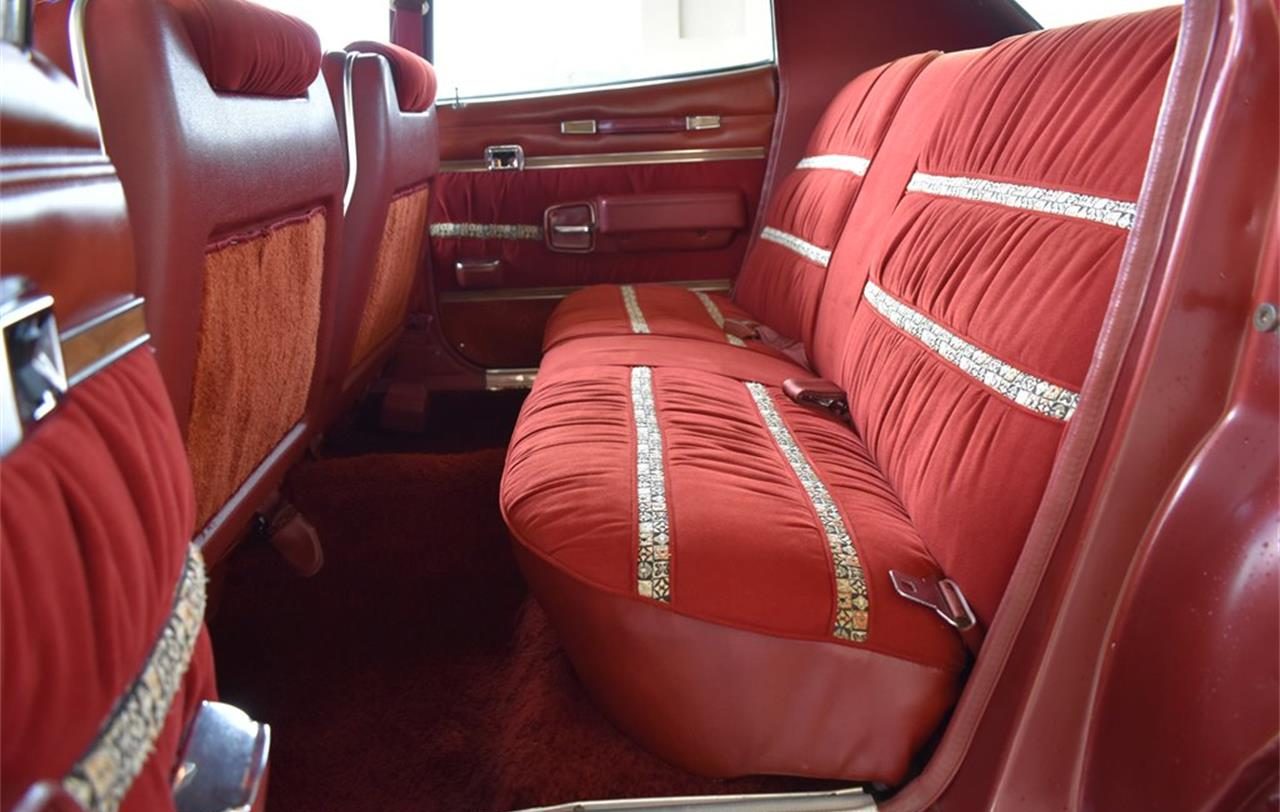
All this did exactly nothing to make the Matador anything more than a distant also-ran to the competition before the model’s demise in 1978 and AMC’s total abandonment of the mid- to large car segment.
It’s too bad, since the unibody American Motors car had coil springs at all four corners, where the Mopars still had cart springs in back. More importantly, the Matador was almost exactly the same length as the new-for-1977 “smaller” full-sized sedans that GM had just spent a reported $600 million to “downsize” to the size the ‘ol Matador already was!
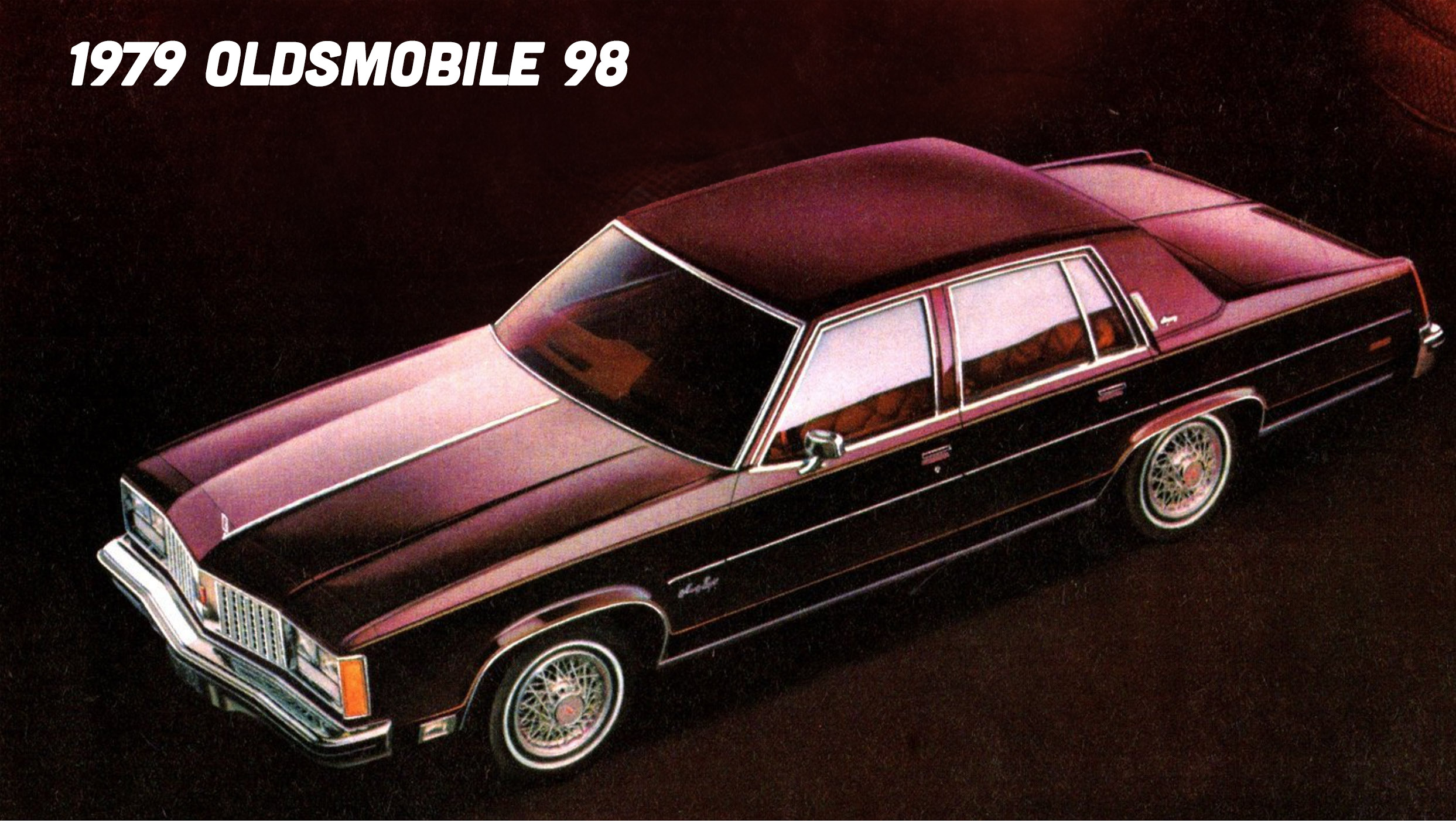

It’s sad that AMC conceded the whole market to the Big Three take and let the Matador die on the vine. Couldn’t they have made a higher-level Concord-style makeover on the Matador and added a few unique twists to make a competitive full-sized luxury sedan? Via The Autopian’s time machine, a real thing that we have, let me step into Dick Teague’s design department circa mid-seventies to see what I can do. Let me just spray some TV tuner cleaner under these potentiometer knobs, set the sliders to 1975, turn the coordinates to Southfield, Michigan, and yank on the comically oversized knife switch …
The Nose Knows
Apparently, AMC cut their always-tight budget by not having any security on Sundays, so I easily snuck into the American Center styling area where, surprisingly, a Matador is parked with some of the proposed updates. It’s obvious even by ’75 that the restyled sedan is a sales dud, so there are sketches on the wall around it of fixes. Ah, but my knowledge of the future lets me apply tricks I know will work at the close of the decade.
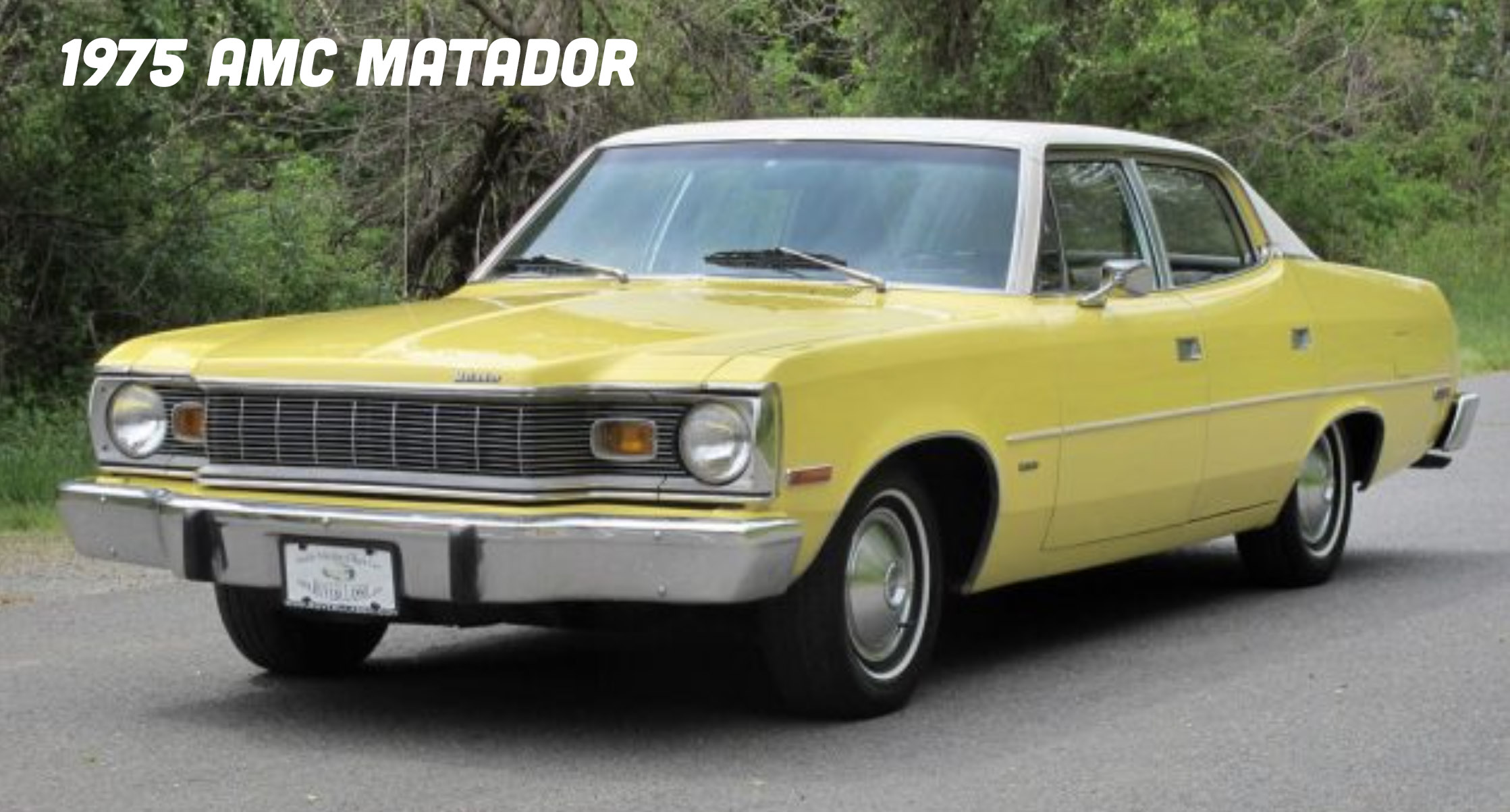
I find tools and turn on a small radio at someone’s desk. As “I’m Not In Love” by 10cc fades into “The Hustle,” I start with unbolting the giant bumpers. I then remove any front and rear body trim not part of the steel fenders, that absurd grille, and the side rub strips.
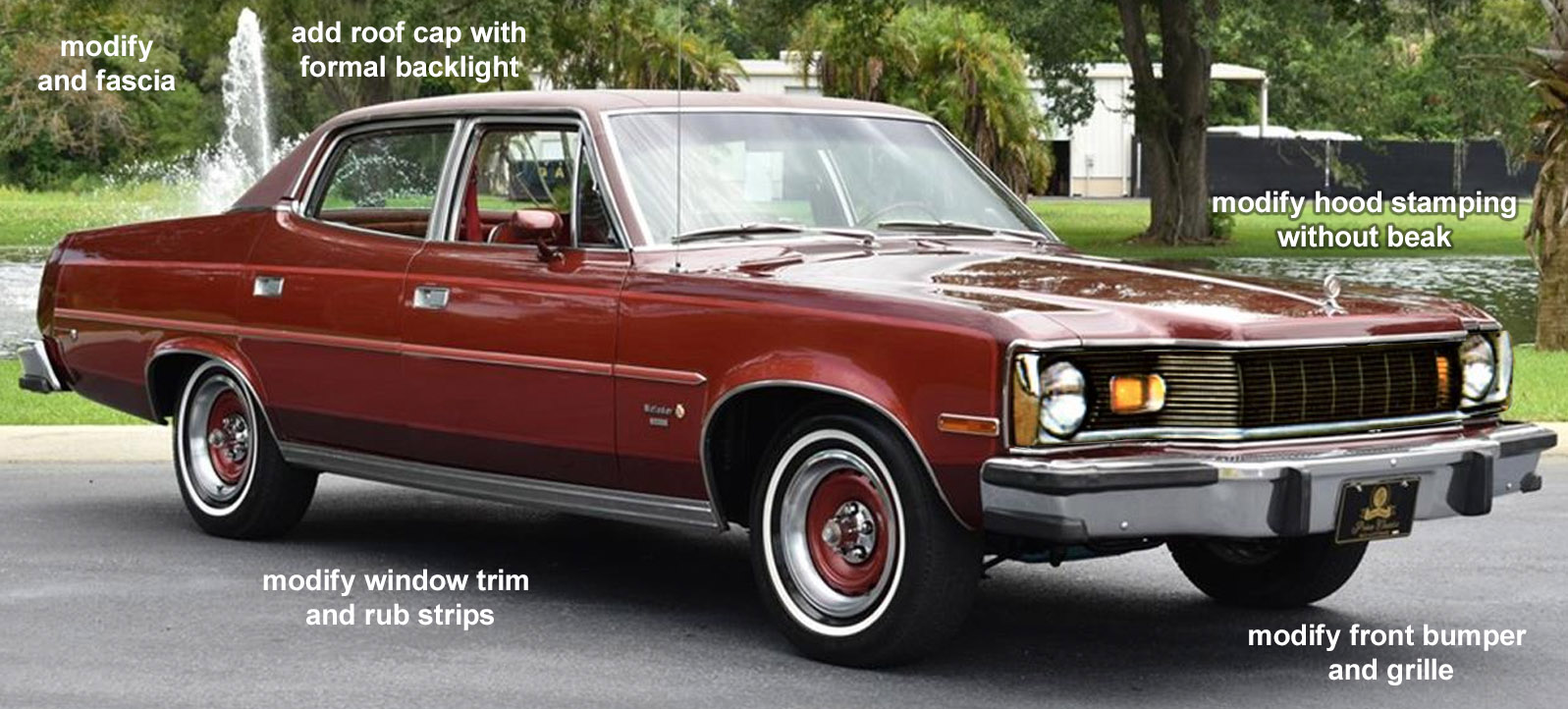
The biggest challenge might be the very dated-looking roof, as most luxury cars were attempting Cadillac Seville-style upright rear windows. The Big Three had this same problem with their cars by the end of the seventies, and their solution was as brilliant as it was awful. The answer was to remove the angled rear glass, then literally rivet and glue a more vertical fiberglass cap and new backlight onto the roof. It’s painfully crude, but once covered in padded vinyl, no one was the wiser. Ford did this with their Lincoln Versailles version of the Ford Granada:
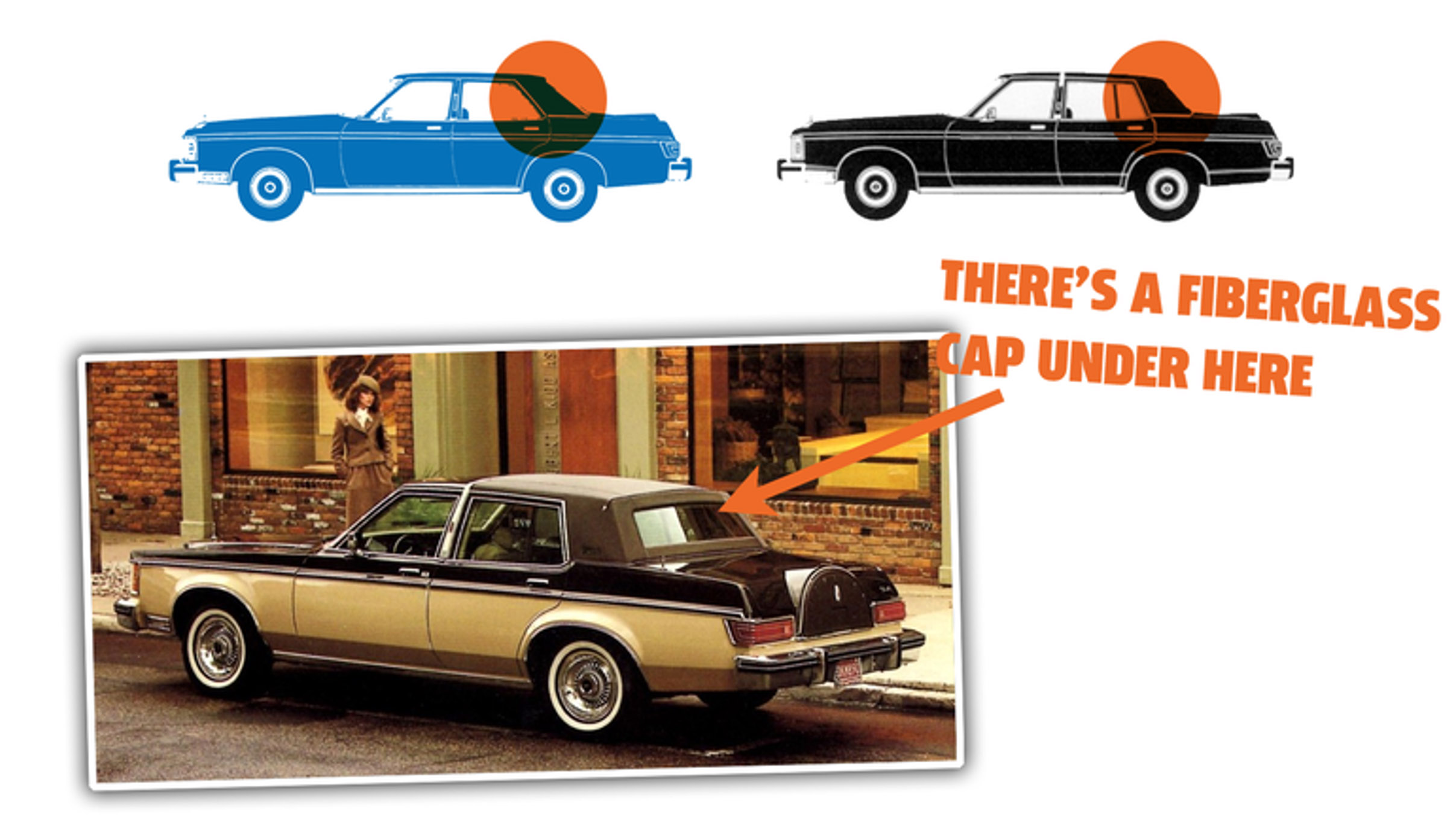
Chrysler committed this same sin on a number of cars:
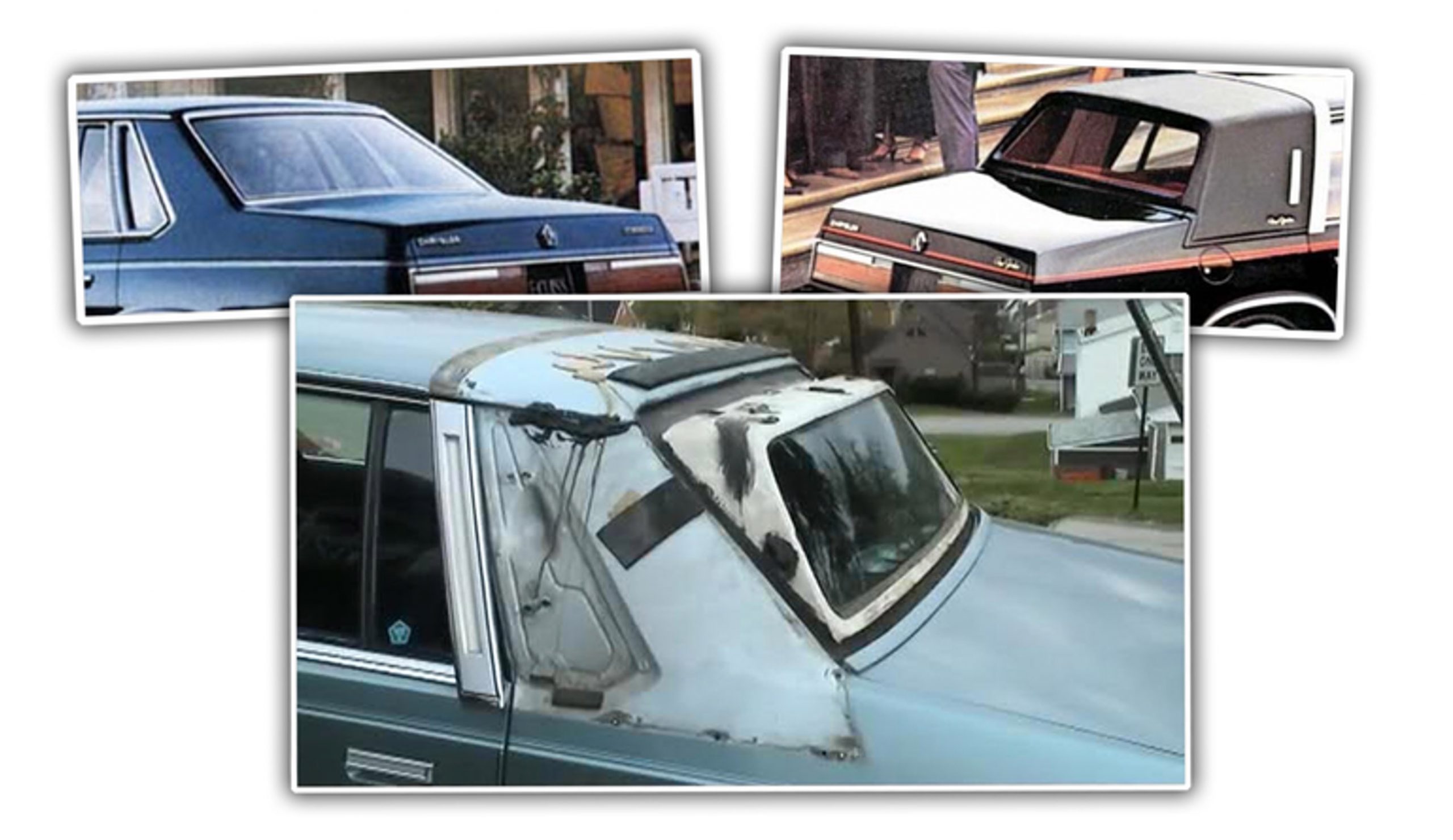
Spotting some sheets of cardboard in the corner, I rather easily mock up flexible body-colored additions to hide the giant five-mile-per-hour ram bars, and feverishly mock up a cardboard cap and cover it in vinyl. Up front, covered headlights and a Mercedes-style grille give the “luxury” look buyers of the era would want. Color-coded wheels, rub strips, and even little rectangles to fill in the classic AMC door handles can’t cost more than a few bucks, but they push land yacht buyers’ buttons as much as the tiny opera lights that I add to the black-accented window trim. Yes, I take off the front vent windows since they instantly date the car by a decade, though I know smokers love them. Sadly, I’ll probably have to suggest a modified rear door stamping if my black trim can’t successfully hide the Coke-bottle upkick.
Here’s what all of that unbolting and riveting and gluing of junk onto the Matador creates: The new AMC Montpelier, a sort of WASPish name that could go nicely with the Concord.
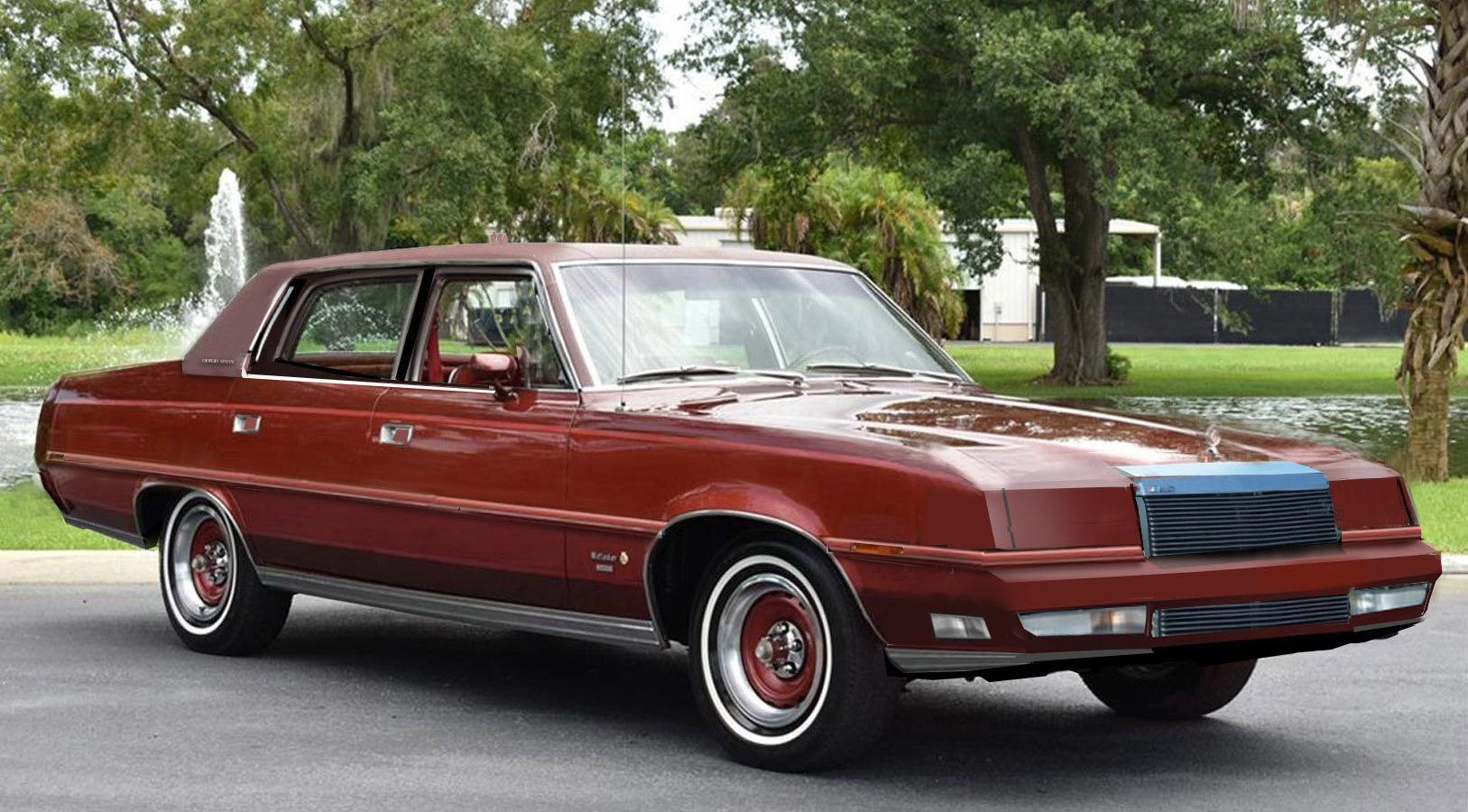
Here’s an animation of all the stuff my time-machined self did:
In back, the ”loop” shaped flexible body-colored rear fascia holds blacked-out taillights and a slightly modified trunk lid blends the area in:
The obligatory animation of the Matador and the Montpelier:
Oh, sure, it looks like a baroque pimp mobile, but as I sneak out the door, I just know that the design team will see that the Matador isn’t worth giving up on yet. You think the dolled-up Hornet they called the Concord was a hit? Wait until they do the math on the profit margin of these cheap add-ons.
Halston, Gucci, Fiorucci…
How about interior trim for our Montpelier? Hey, now you’re talking AMC’s language! Remember the simulated Levi’s fabric seats in a Gremlin?
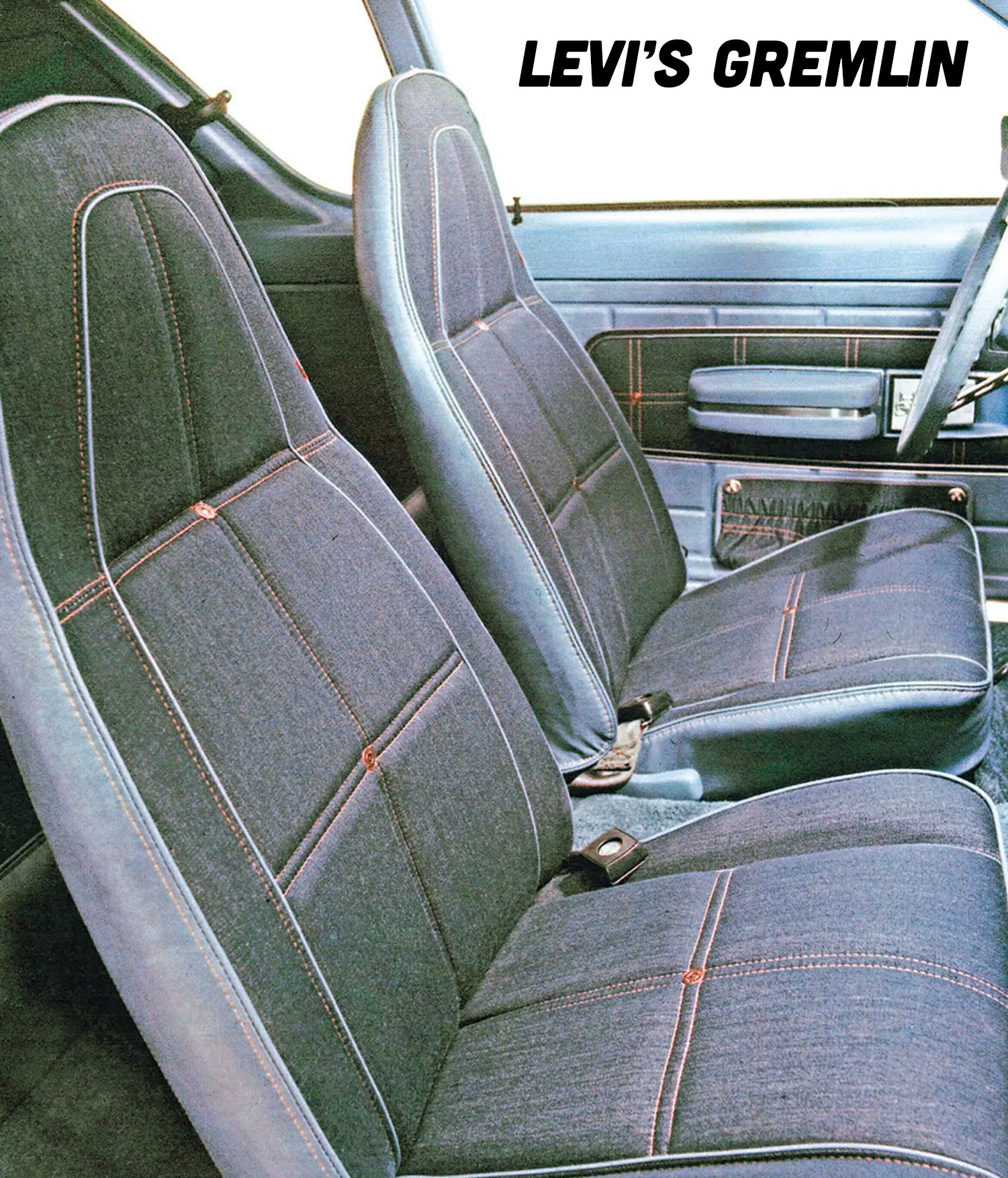
How about the Pierre Cardin or Oleg Cassini package and Gucci Hornet?

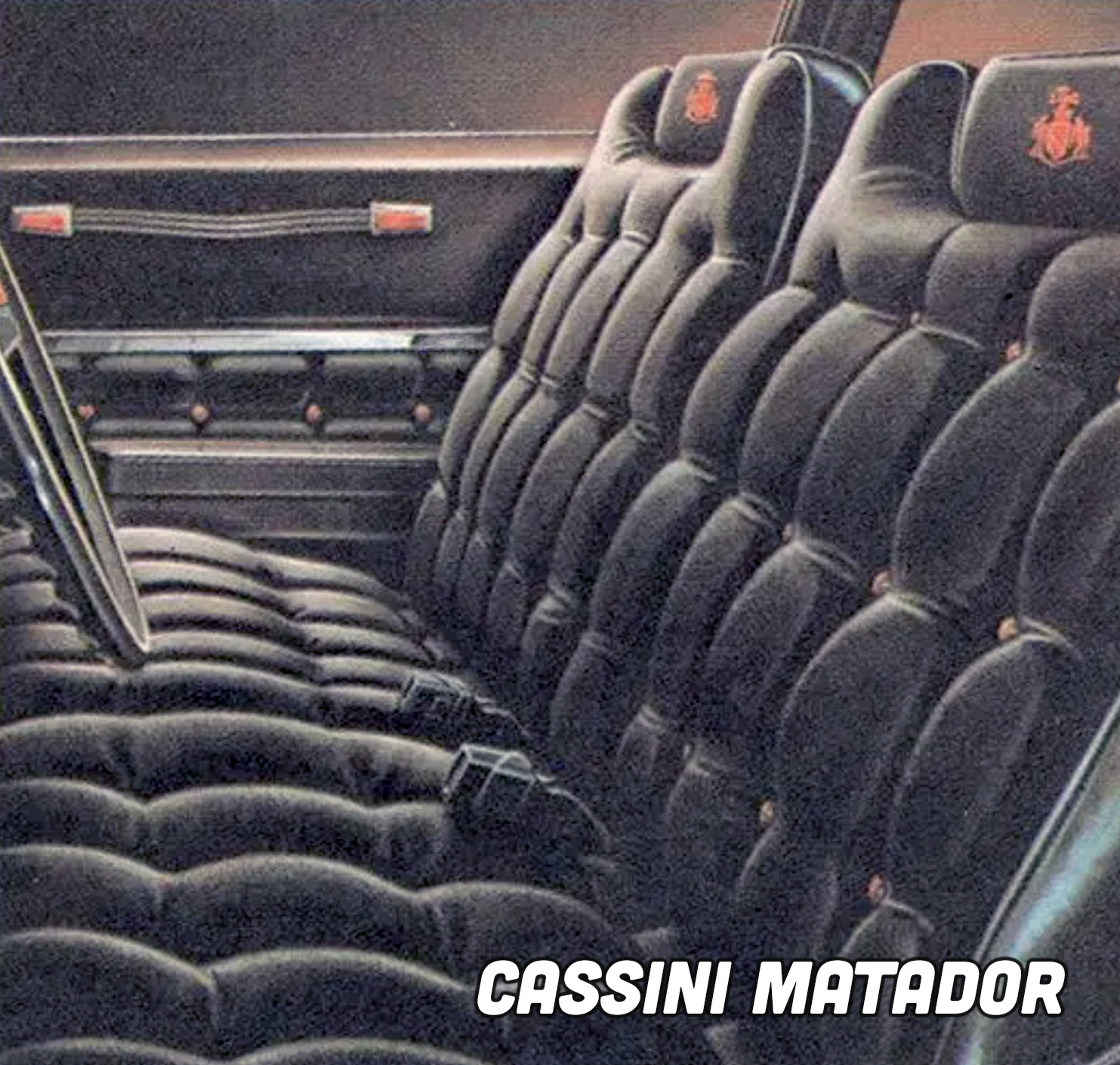


That’s some fun stuff there. Naturally, a few years later, Ford made “Designer Series” Lincolns in a move that seemed to rip off what American Motors had already done so well. Ripping off AMC has always been a thing, right?
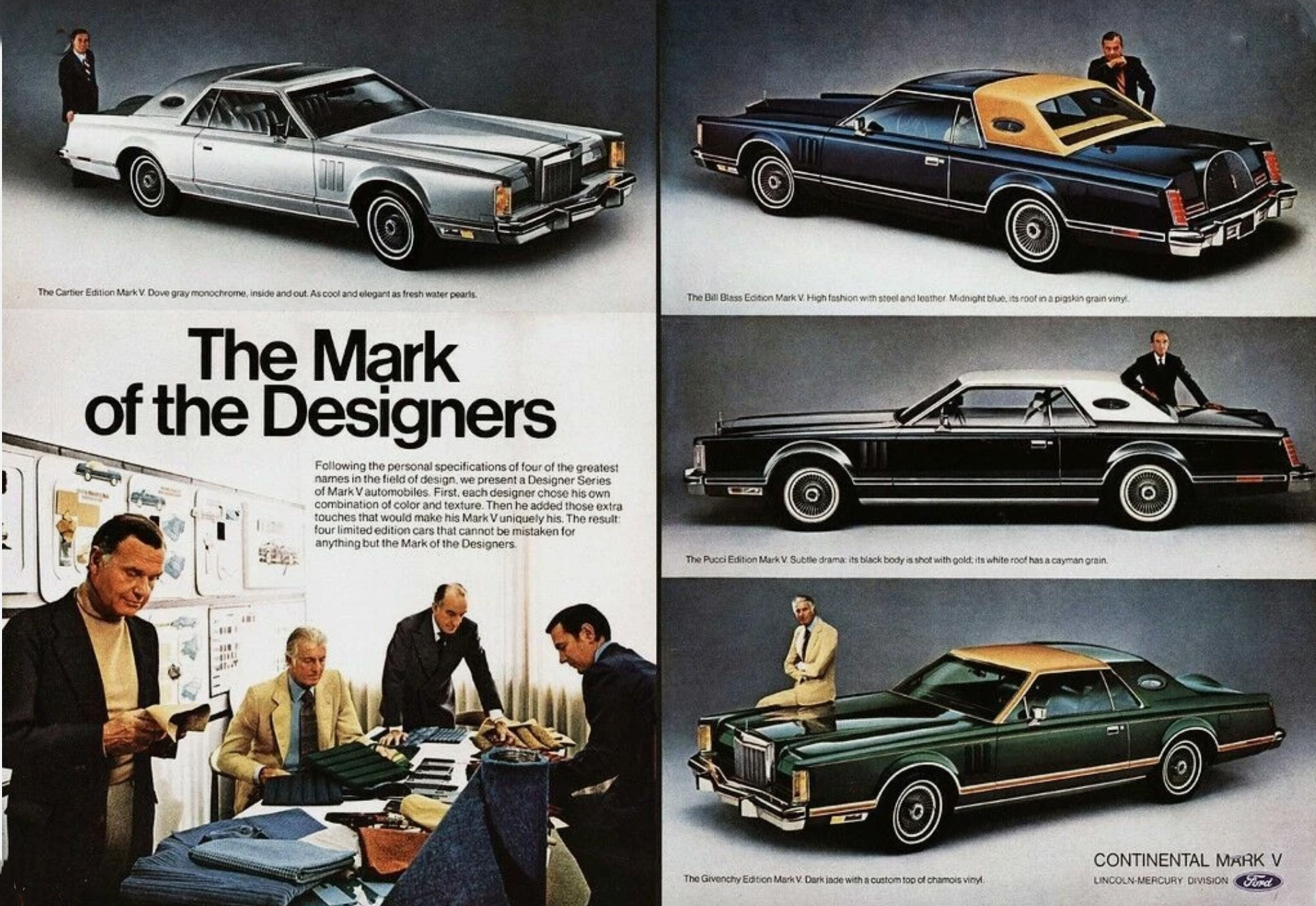
The AMC team could make magic again on this reimagined Matador by recognizing up-and-coming clothier Giorgio Armani and his understated seventies tweed-like collection for a hard-wearing but tastefully appointed cabin. The exterior changes I’ve shown to make a Matador into a Montpelier would leave little money for interior modifications; I do my best with as little as possible. Here’s the original:

Before I run from the design studio, I leave a scribble with the interior changes on the front seat. My plan is to first rip out the ancient gauge cluster with woodgrain gauges (no, they really were) and replace them with a panel featuring a digital speedometer, fuel gauge, and clock with a few trip or fuel economy functions.
Electronics were nowhere near as cheap fifty years ago as they are now, but such space-age additions would pay big dividends and likely still undercut the cost of tooling up a whole new dash. Imagine the flex of a digital dash in 1979! Add-on pods to integrate the power window and lock switches into the doors are mandatory for a fancy road locomotive.
Yes, that extended roof cap in back needs to be covered by rear headliner trim, but it’s well integrated and even features vanity mirrors on the side pillars like a Silver Shadow.
Again, it’s stupid little details like that and padded headrests that add pennies to the build cost but make buyers feel special. “Look, Sheila, our new car is just like a Rolls-Royce”.
One last thing before I head back to the time machine: a mechanical suggestion. Dick Teague has stated that nobody would pay attention if AMC didn’t offer a twist that made them stand out against the Big 3 competitors. What could they have offered that the others didn’t? Or, in this case, they did offer but in the worst way possible? I smell diesel fumes, people.
Pocketa Pocketa Pocketa…
Naturally, the standard 258 cubic inch inline six of the last Matadors wouldn’t have attracted many buyers, and we know that our David Tracy is not a big fan of the available 360 V8. AMC would need something more to get those prospective Olds 98 and Buick Deuce-And-A-Quarter insurance executives.
After the first fuel crisis in the seventies, diesel cars became far more in demand; this popularity increased exponentially after the second gas crunch in 1979. The Oldsmobile 5.7-liter diesel V8 proved irresistible at first before quickly becoming a historic reliability disaster for GM. Once again, it would have been an ideal time for scrappy American Motors to scour the globe for an oil-burning powerplant for one of their cars and beat the Big Three.
Evidence suggests that they tried on one of their Hornet variants. AMC apparently provided a “factory authorized” diesel option for the 1980 Eagle with a VM Motori-built turbo diesel six cylinder.
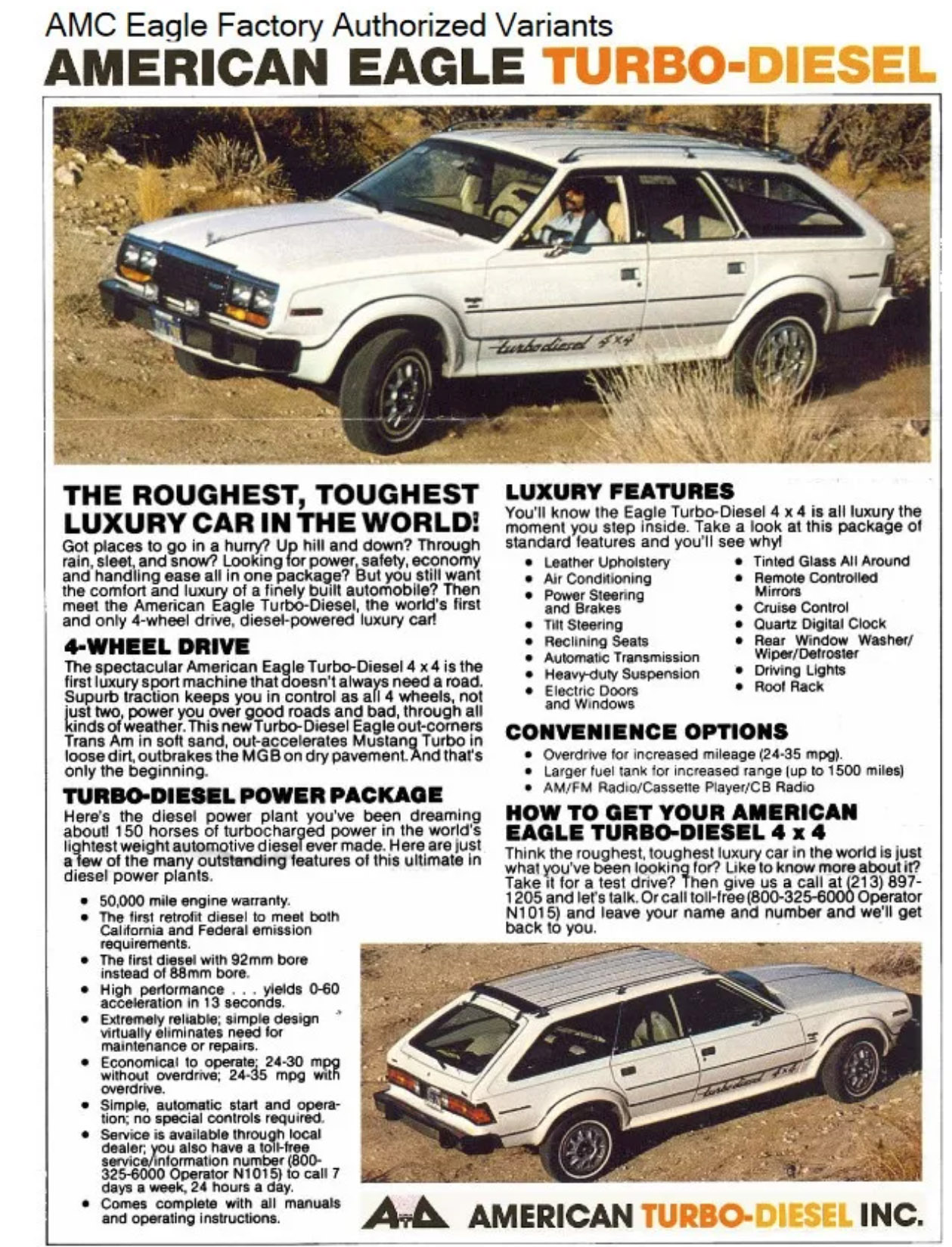
That was a real thing! The 150 horsepower the motor pumped out doesn’t seem like much today, but that’s fifty percent more than GM got from their ill-fated diesel V8 (and more than the standard gasoline six in the Eagle) with better fuel economy. It’s actually 150 percent more power than the GM diesel got when the head bolts on that piece of crap snapped, or the crank broke, or the diesel pump failed, or water got in the tank..
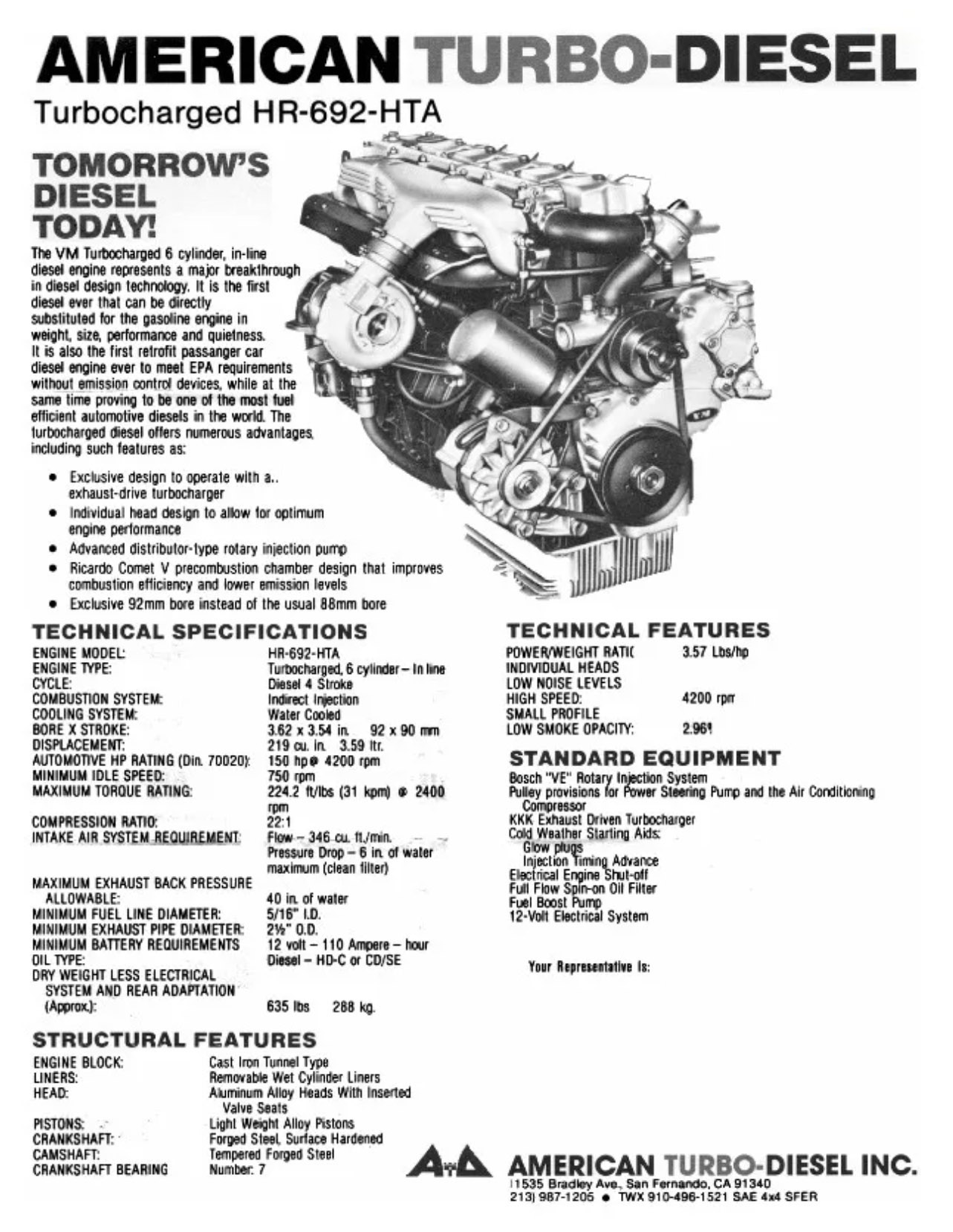
Sadly, the conversion essentially doubled the price of the Eagle and put it close to Mercedes territory; only ten Eagles were reportedly converted before the whole experiment dissolved.
Still, there’s nothing to say that such a motor option (or something from Cummins or Perkins) couldn’t be done cost-effectively in quantity. Plus, it’s a turbo diesel, and “turbo” makes anything better, right? Speaking of Mercedes, they were the only maker offering a turbocharged diesel car in 1979. Time for a classic seventies-style comparison ad!
Sure, nobody was going to cross-shop a Mercedes 300SD with a Barcelona, but it wouldn’t have hurt to compare the two “turbo diesel luxury cars” in typical AMC style.
Cadillacs, Lincolns Too, Mercury (But Not) Subaru
Could we really take a 1967 car and refine it enough to be competitive in 1978? They certainly did that with the Hornet, providing what seemed like better value for the money than the Big 3, plus that turbo diesel technology is something that they wouldn’t offer for years.
Would I choose a 1979 AMC Montpelier Turbo Diesel Giorgio Armani Edition? Maybe not, but I can see a lot of budget-conscious American buyers taking a look at it. At the very least, it would win out over the old Matador … by a nose.











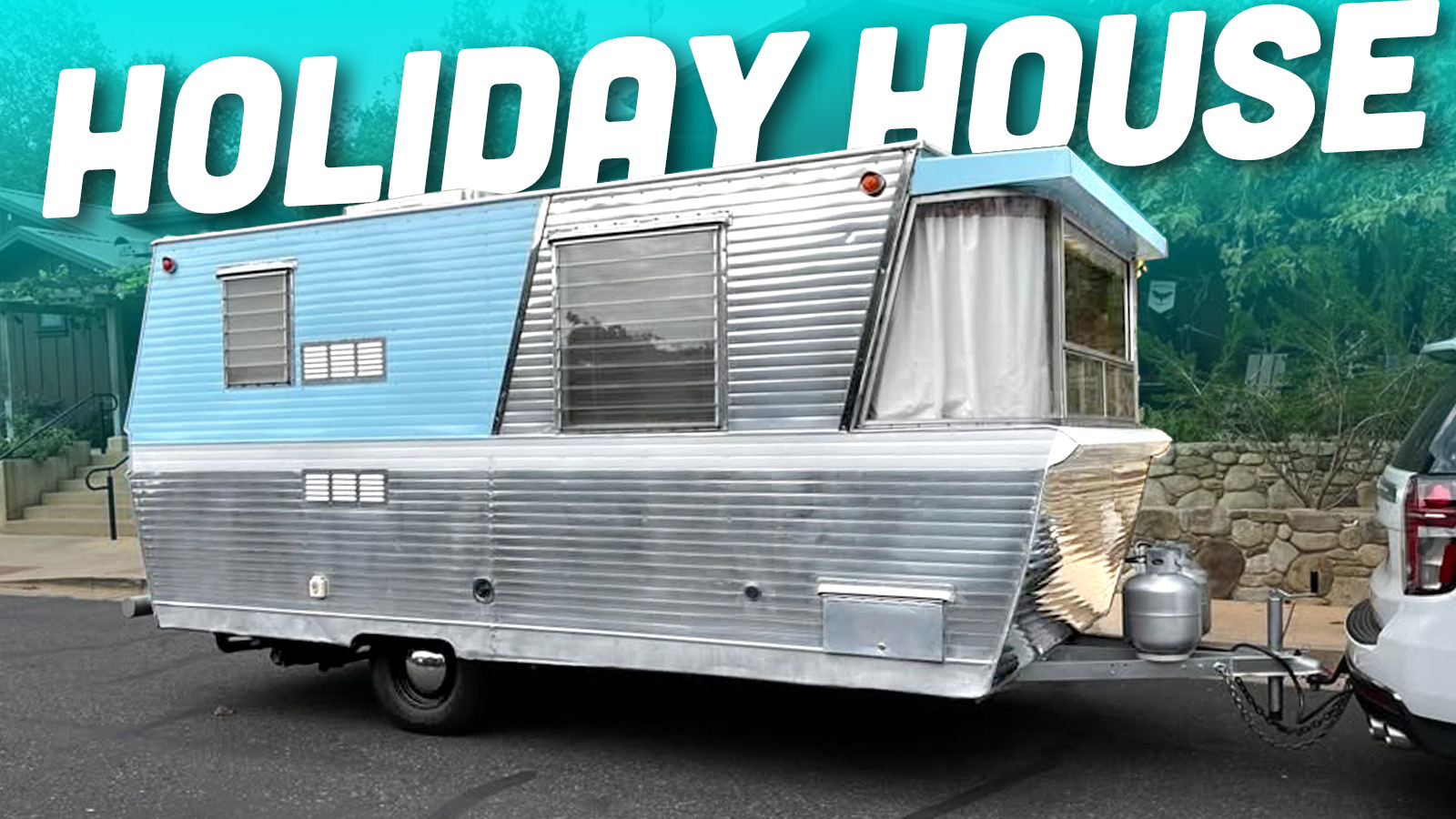
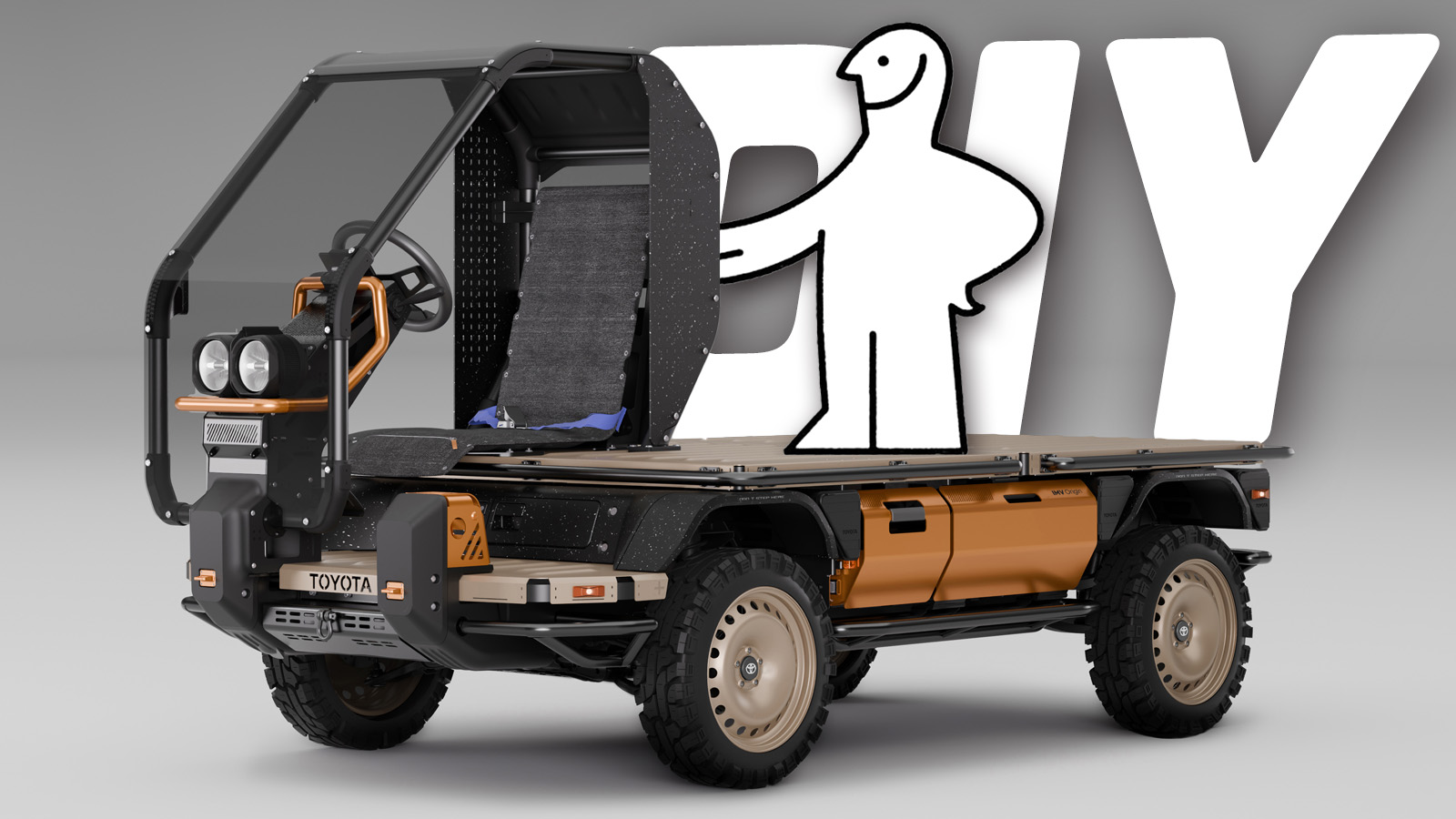
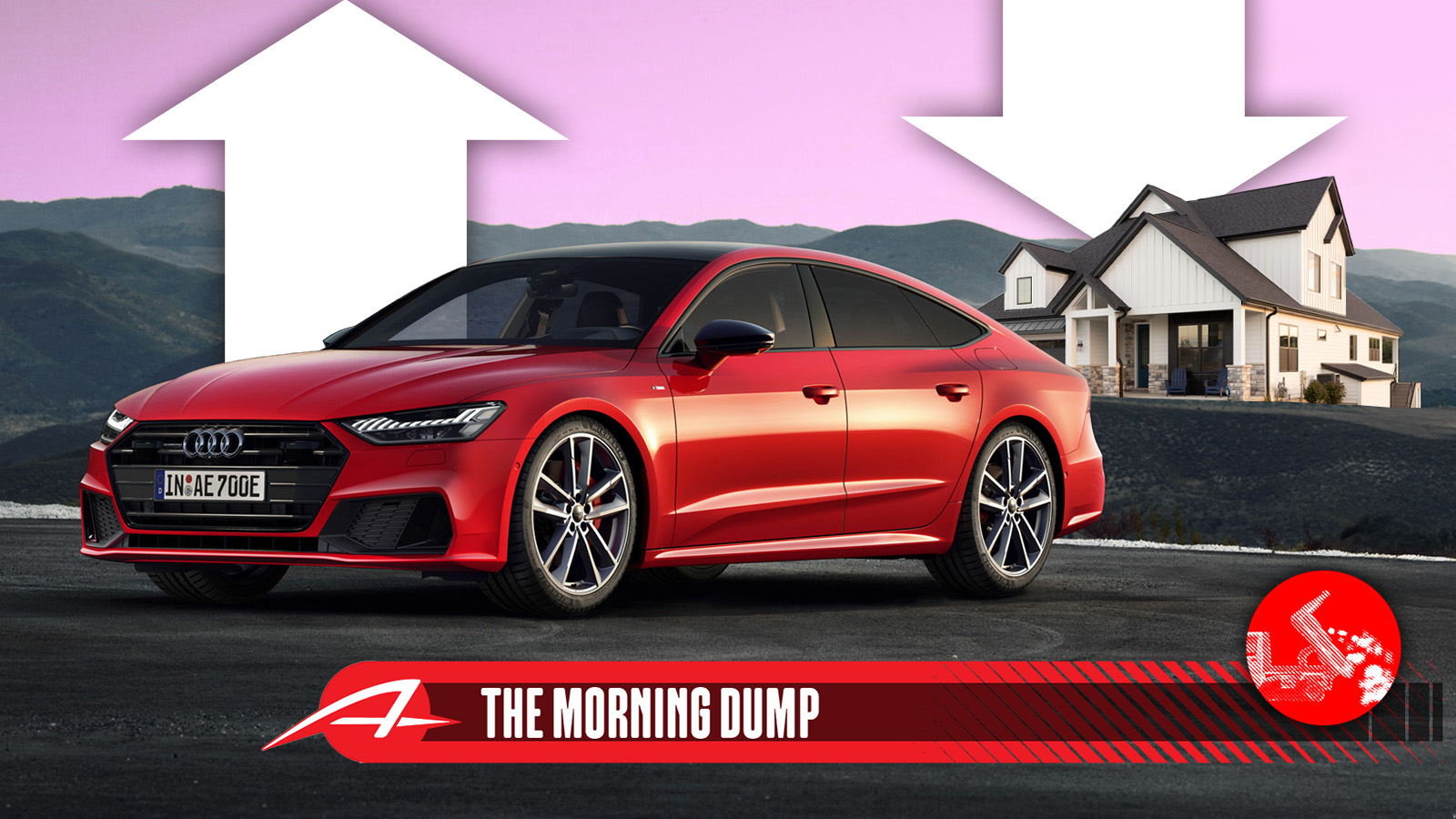
Great work Bishop! Yeah, I always thought those front ends looked terrible…this looks so much better
“Cadillacs, Lincolns Too, Mercury (But Not) Subaru”
Yeah, I love that song…it’s a significant song too
“it was the first song featuring rap to reach number one on the Billboard Hot 100 chart”
“You go out at night eating cars
You eat Cadillacs Lincolns too
Mercurys and Subaru
And you don’t stop
You keep on eating cars
Then when there’s no more cars you go out at night
And eat up bars where the people meet”
https://faroutmagazine.co.uk/story-behind-blondie-rapture-first-rap-song-number-one-chart/
The front end reminds me of the 1978 Dodge Magnum for some reason, maybe with the headlight covers painted.
Clear retractable doors over the headlights! How weird was that? I guess to look like glass-covered headlights, except when you are using them as headlights.
A Fiorucci designer car would be neat. Certainly not like Bill Blass. You could probably fake a Fiorucci Safety Jeans edition out of a Levi’s Gremlin.
Elio Fiorucci gave me my first job out of college, and I still have a bunch of stickers from the 59th Street store. I wonder, are there any Levi’s Gremlins left?
I propose an alternative roofline, which also solves the rear door issue without needing a reskin and reframed window:
Rather than boxing the roofline – keep the slope of the rear glass and fill in the rear portion of the door window opening as a faux-C-pillar with opera window a-la 1979 Chrysler New Yorker.
The black window frames are not good. Keep the chrome.
And I’d have left the headlamps exposed – just rectangular quads as was the style for the late 70s.
Love what you have done, but round out the wheel arches similar to a 1978 Cadillac Seville! That’s the ticket!
I didn’t even read the full article, and I love the Bishop’s articles, but just having to look at images of these AMC abominations before it’s transformed hurts my head.
I thought it was good, but I have to wonder about the timing. These looks would be too groundbreaking for the timeframe (the front end looks like an early 90s Chrysler). I don’t think AMC ever had any future-thinking styling. Having said that, I don’t know who signed off on the AMC real nose of that car, but that person probably should remain anonymous.
The Pacer was pretty damn futuristic for 1975 (in looks, not so much in engineering)
This is a big improvement. Still lipstick on a pig, but at least it’s no longer ridiculously ugly like the original.
Thanks! Sort of a sow purse out of a sow’s ear, then. Or just a more attractive pig.
So the vehicles you mentioned were ruined by the government regulations that required they be added. And your genius is to remove the ugly parts and make it better, it did, but it would have made the vehicle ineligible for sale. It’s like having a pickup game of basketball and and having MJ as a ringer. Don’t expect to get accolades for making a much better looking car that would not be legal to sell. I could do that.
The 5mph bumpers are still there but covered apparantly
This is a great restyle. I particularity like the front 3/4 view.
Adding a turbo-diesel and creating the ad comparison to the W116 is genius!
I think this is definitely modern looking enough to have been sold into the late 1980s, maybe even early 1990s (maybe with one more slight facelift along the way, going to a different grille and composite headlights, once those became legal).
AMC wouldn’t have been the only company to drag a 1960s design into the last decade of the 20th century – the Volvo 240 was built to 1993, after all, and that was really a facelifted 140 from 1966, the Porsche 911 used the same body shell from 1964-1998, the Toyota Century was fundamentally the same from 1967-1997, the Alfa Romeo Spider made it from 1966-1994, Rover Group briefly revived the 1962 MGB as the 1993-1995 MG RV8, and, of course, the Jeep SJ Grand Wagoneer survived from 1963-1991, they all didn’t seem to suffer too much from the apparent age of their exterior sheet metal.
Also, the idea of taking a midsize car and making it into a new “downsized” full-size model was pretty much in line with industry trends, GM’s 1977 B-body and Ford’s 1979 Panther also took a lot of engineering inspiration from their prior intermediates, while Chrysler’s R-body was even more blatantly derived from their midsizers. By the 1980s, AMC’s Concord was no longer really seen as much of a compact, industry reviewers and AMC themselves were increasingly categorizing it as a midsize family car, so recasting the Matador into the full-size flagship and forgetting about the departed Ambassador and its now-obsolete girth all makes a lot of sense
Don’t forget the original Mini. Little guy ran from 1959-99.
I was trying to cut off at the ’60s, but yeah, that was a long one, probably more associated with the Swinging Sixties than with the ’50s, even though its a ’50s car, just barely
Actually made it into 2000, at the end it was being built by MG Rover Group under contract to BMW as a temporary stopgap while they were working on getting the Cowley plant ready to build the new MINI.
Cowley had always been the large car plant and was where the Rover 75 was built, while Longbridge was the traditional small car plant, where the original Mini and Metro/100 were built. The plant had been extensively refurbished and had a brand new paint shop built in order to produce the MINI, all the tooling was installed and ready to go. Then, BMW decided to break up Rover Group, selling Land Rover to Ford, keeping MINI for themselves, and selling MG and Rover to Phoenix Venture Holdings. The division of assets left BMW with the Cowley plant and MG Rover with Longbridge, because BMW believed the MINI wouldn’t sell in large enough quantities to make the entire Longbridge plant viable on its own, so they had to completely dismantle both the 75 and MINI production lines and switch them between the two plants over the summer/fall of 2000. As it happened, MG Rover, and their successors, Nanjing and SAIC, never used the new assembly building and paint shop at Longbridge that had been built for the MINI, and consolidated all production in the older, smaller neighboring facility; while BMW ended up rather quickly outgrowing the Cowley plant and had no room for expansion
There was also the Midland Gear transmission plant at Longbridge that BMW initially retained, expecting to use it to supply MINI, before changing their minds and selling it to Phoenix in a separate transaction in 2001